
2022 Yamaha XSR155 Gets New 60th Anniversary Edition Livery
- Jan 19, 2022
- Views : 123796


Yamaha kicked off 2022 with the launch of the updated 2022 Yamaha FZ-S Deluxe variant. The new variant features an LED tail lamp, LED indicators and new colour schemes with coloured wheels. Priced at Rs 1,18,900, it’s Rs 3,000 more than the standard model. That said, we believe these superficial updates aren’t really enough for the bike to stay relevant in the highly competitive 160cc streetfighter segment.
Starting strong in 2008 and then waning afterwards:
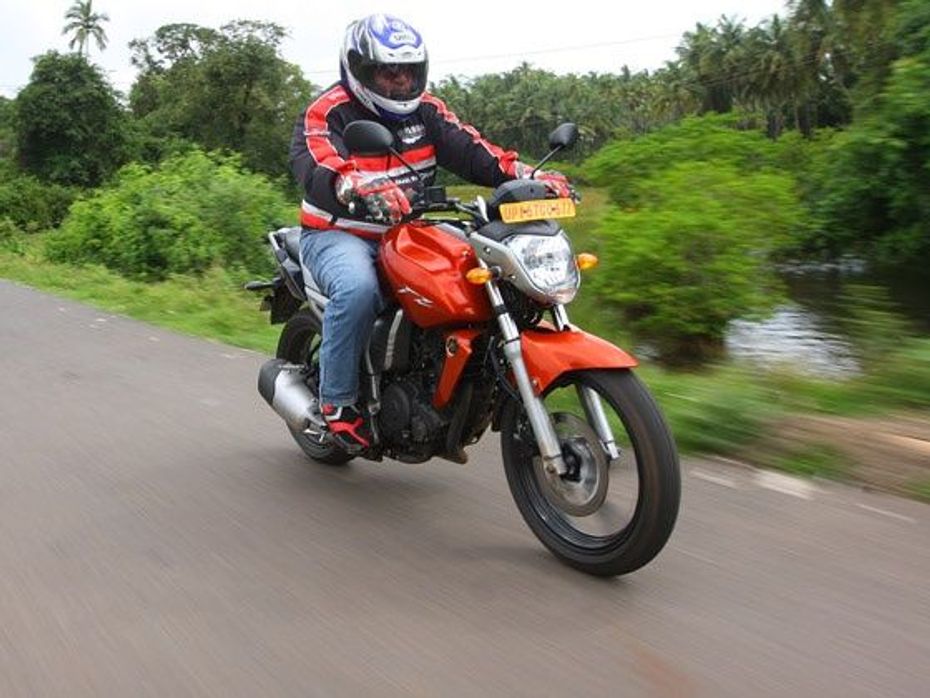
In 2008, Yamaha invigorated the 150+cc performance biking segment with the launch of the FZ-16. With one of the fattest rear tyres in its segment and muscular streetfighter styling, the motorcycle looked the sportiest in its class. The killer looks were properly backed up by ample performance thanks to the 155cc air-cooled engine producing a generous 14PS and 14Nm. It was the perfect, practical yet performance-packed alternative to the aggressive Yamaha R15 back then.
However, things didn’t stay rosy for long as Yamaha downsized the engine to a 149cc fuel-injected unit in the Yamaha FZ Version 2.0 range in 2014 for better fuel efficiency. However, this also reduced the performance to 13.1PS and 12.8Nm. It also came with a bunch of design updates. This coupled with the introduction of snazzy colour schemes made enthusiasts overlook its anaemic performance to a certain extent. But hardcore fans of the FZ still loved the older, meatier powertrain. Back then, the 150cc segment was still popular enough, so downsizing the engine wasn’t really a bad business move as such, all things considered.
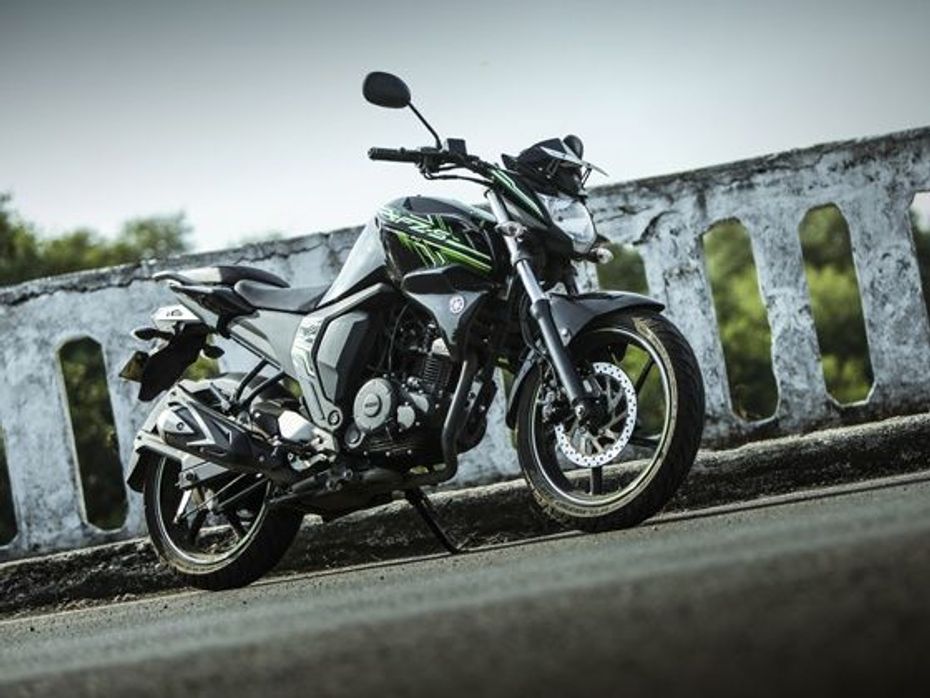
However, the market started slowly moving towards the 160+cc segment in the following years. Yamaha still stuck to its old ways and retained the 149cc engine. The segment witnessed more powerful entrants such as the TVS Apache RTR 160 4V, Suzuki Gixxer, Bajaj Pulsar NS160, and the Hero Xtreme 160R. All these new entrants really made the Yamaha FZ show its age.
So Yamaha launched the FZ Fi Version 3.0 and FZ-S Fi Version 3.0 in January 2019. Sure, Yamaha implemented a few crucial updates such as a single-channel ABS, more info-packed instrument cluster, comfier ergos with a single-piece seat, and better low-end performance engine tune. However, these updates were nowhere nearly enough for Yamaha to compete with its rivals.
Then the BS6-compliant iteration was launched in 2019-end, featuring a slight 0.8Nm torque bump, along with a marginal price increase. Fast forward to 2022, the bike has still largely remained the same as before except for the addition of Bluetooth connectivity, and more recently, introduction of the Deluxe variant.
Efficiency doesn’t necessarily need to come at the cost of performance:
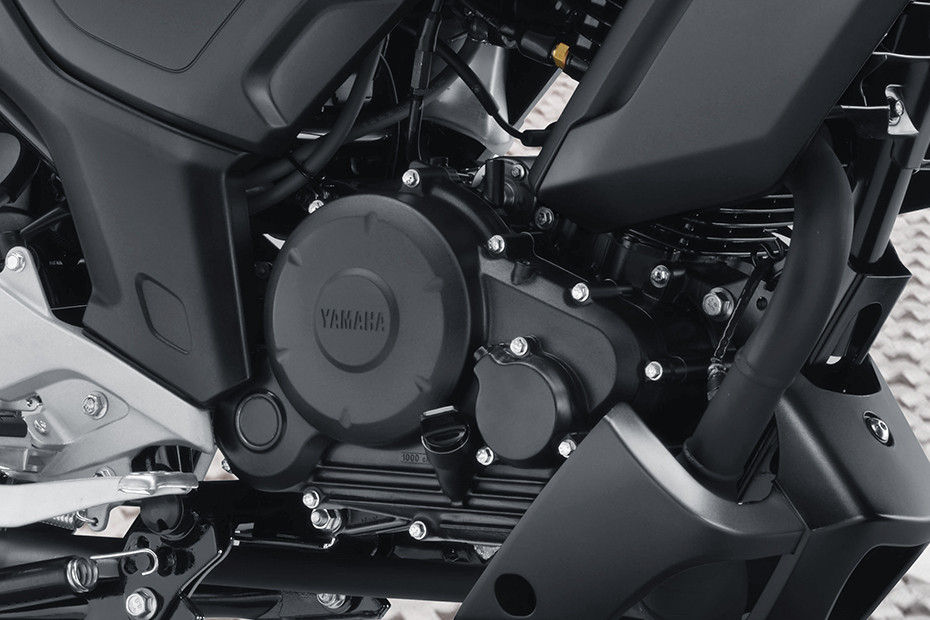
the automobile community
Yamaha’s arch rival, the TVS Apache RTR 160 4V, was not only adequately powerful but also offered commendable fuel efficiency. In fact, the carburetted model returned 50.94kmpl in the city and 56.1kmpl on the highway in our test. This was 1.63kmpl and 0.68kmpl more than the 2019 FZ-S Fi V3.0. TVS took things even further with the addition of fuel injection, and later, segment-first riding modes, and even smartphone connectivity with turn-by-turn navigation. Then recently in December 2021, the Hosur-based bikemaker launched the most powerful bike in the 160+cc segment, the Apache RTR 165 RP.
While TVS had been proactively updating its RTR 160 4V range, Yamaha’s updates so far have been lukewarm at best. Even at the moment, the entry-level Apache RTR 160 4V and the Yamaha FZ-S are priced the same, at Rs 1.15 lakh, but the Apache is not only more feature-packed and more powerful but is also a lot more involving to ride.
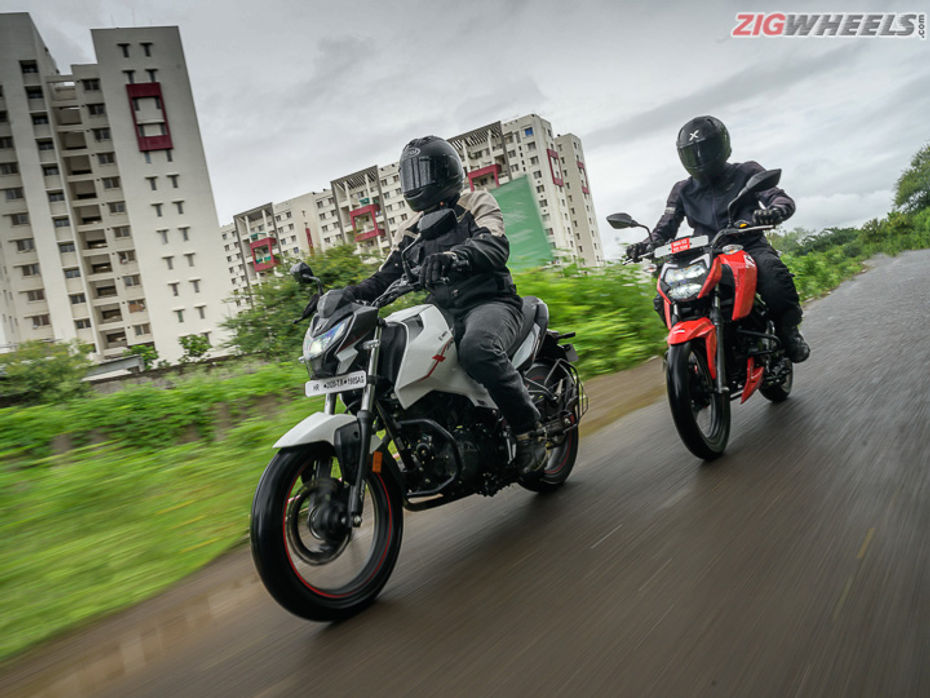
Other rivals such as the Hero Xtreme 160R and the Suzuki Gixxer have returned 50+ kmpl in the city in our tests. These bikes prove that efficiency doesn’t necessarily come at the cost of performance. Sadly, at present, the Yamaha FZ-S makes a paltry 12.4PS, which is just 0.41PS more than the smaller-engined Bajaj Pulsar NS125! Yamaha has indeed lost the game in some ways.
If Yamaha wants to stay relevant in the 160cc streetfighter segment, it will have to start with at least bumping up the displacement and output figures. The addition of turn-by-turn navigation should come a long way in making the bike more appealing to the tech-savvy youngsters. Let us know what you guys think in the comments below.


2022 Yamaha XSR155 Gets New 60th Anniversary Edition Livery

Check Out This Cool Yamaha XSR125 Built For The Beach

Yamaha R15 V4 Goes Global!

Yamaha FZ-S FI V4 vs TVS Apache RTR 160: Features Compared

Yamaha FZ-S V4 Vs FZ-S V3: New Vs Old In 5 Pics

Alcohol-guzzling Bikes Showcased at Auto Expo

Key Highlights Of The 2022 Yamaha FZ-S Version 3.0

Yamaha Adds New Range-topping DLX Variant To The FZS-FI
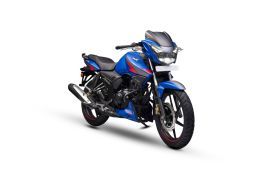 TVS Apache RTR 160
TVS Apache RTR 160
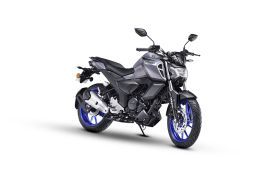 Yamaha FZS-FI V4
Yamaha FZS-FI V4
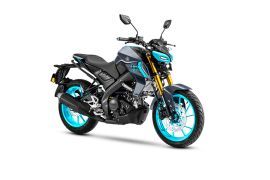 Yamaha MT 15 V2
Yamaha MT 15 V2
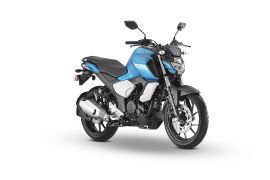 Yamaha FZ-FI V3
Yamaha FZ-FI V3
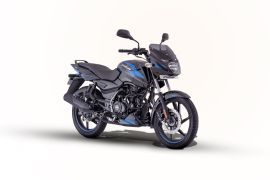 Bajaj Pulsar 150
Bajaj Pulsar 150
India's largest automotive community